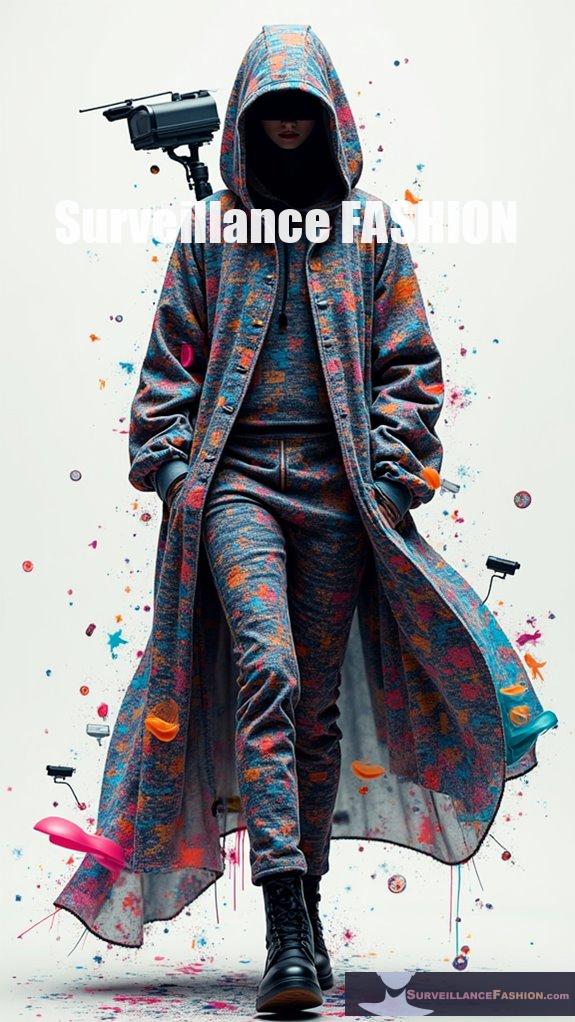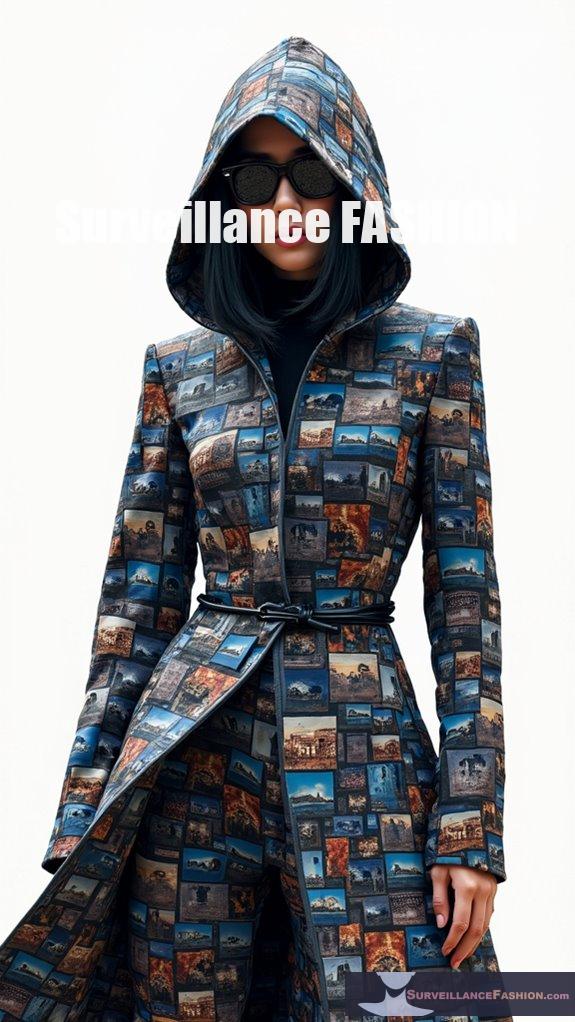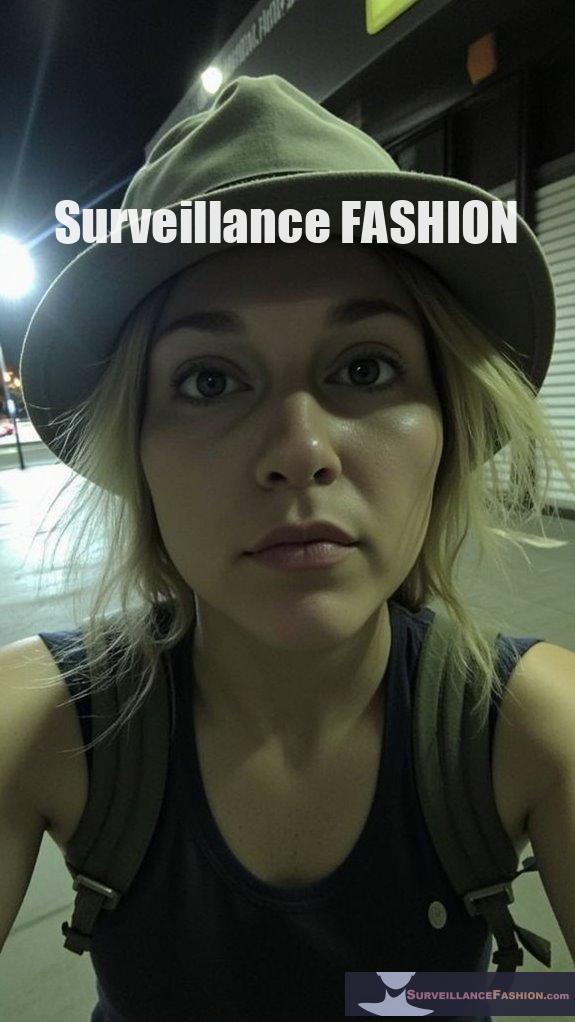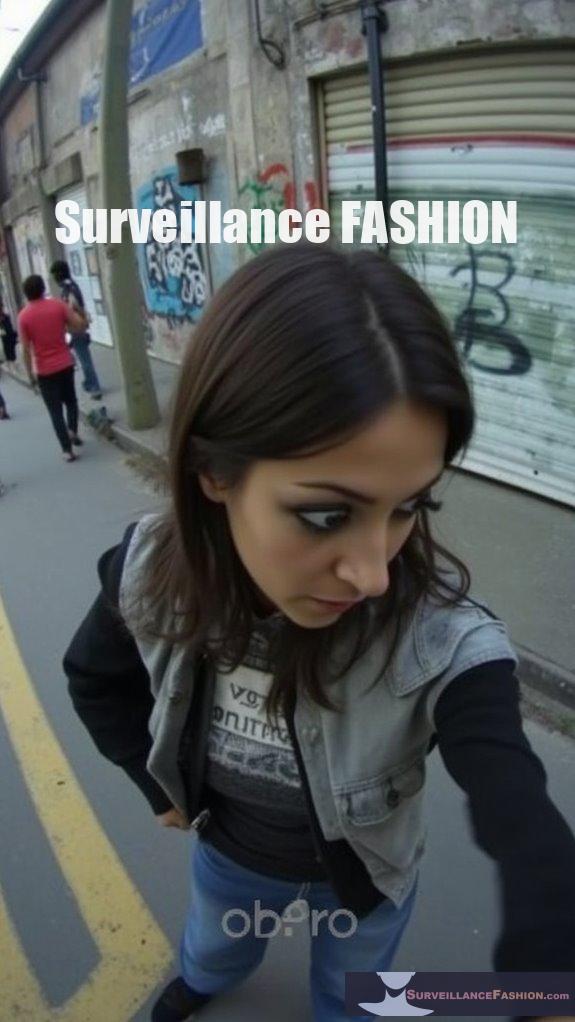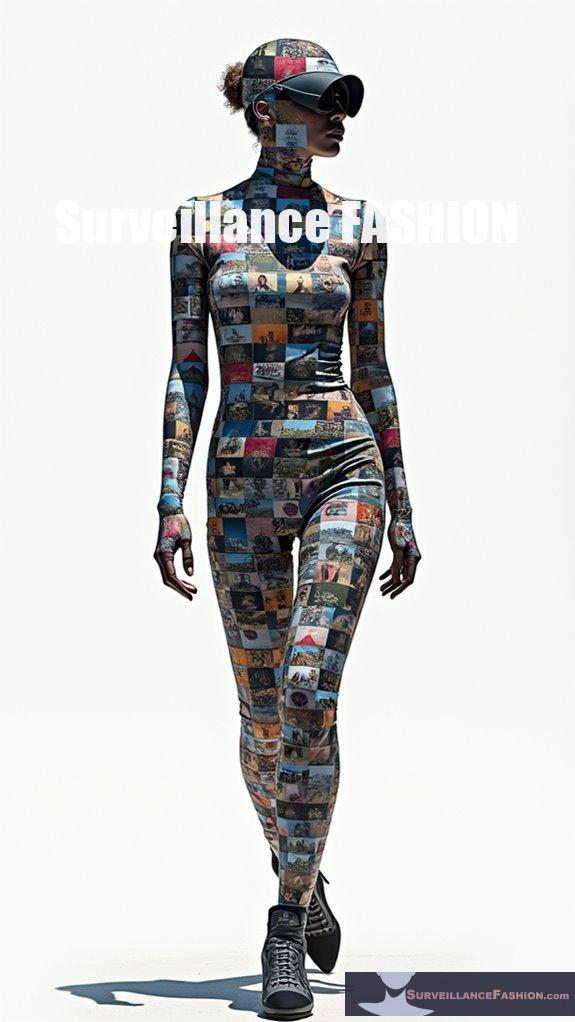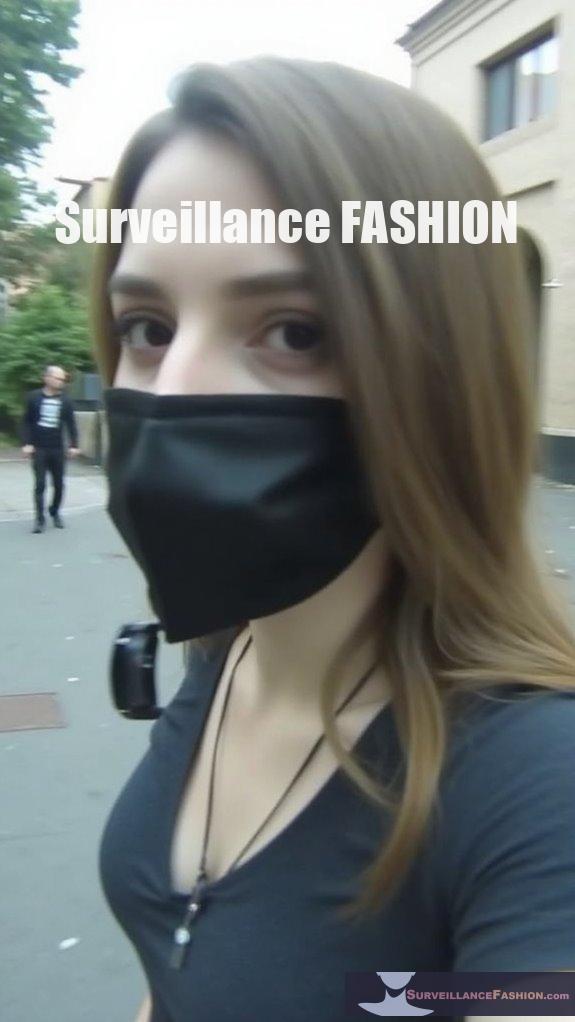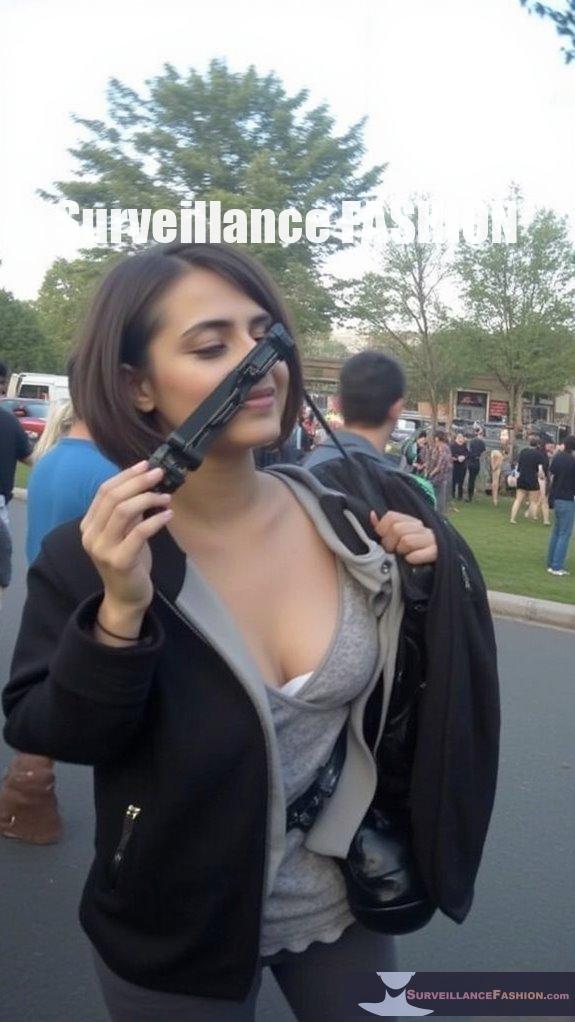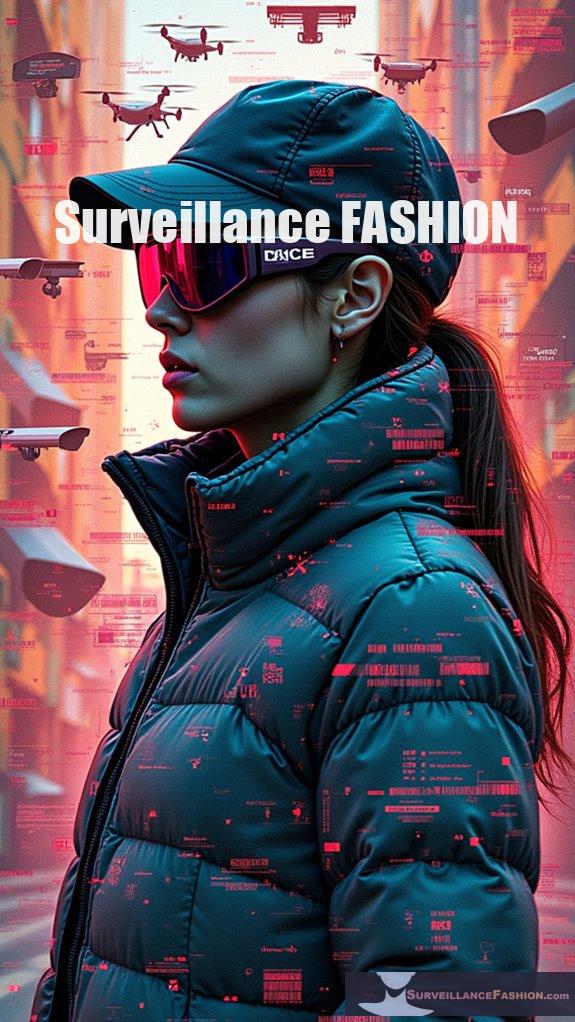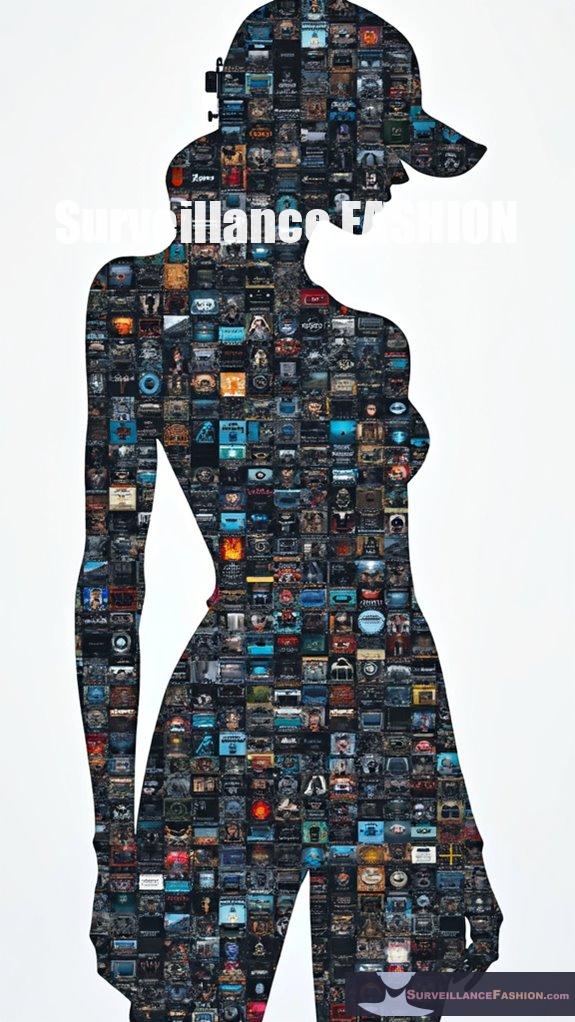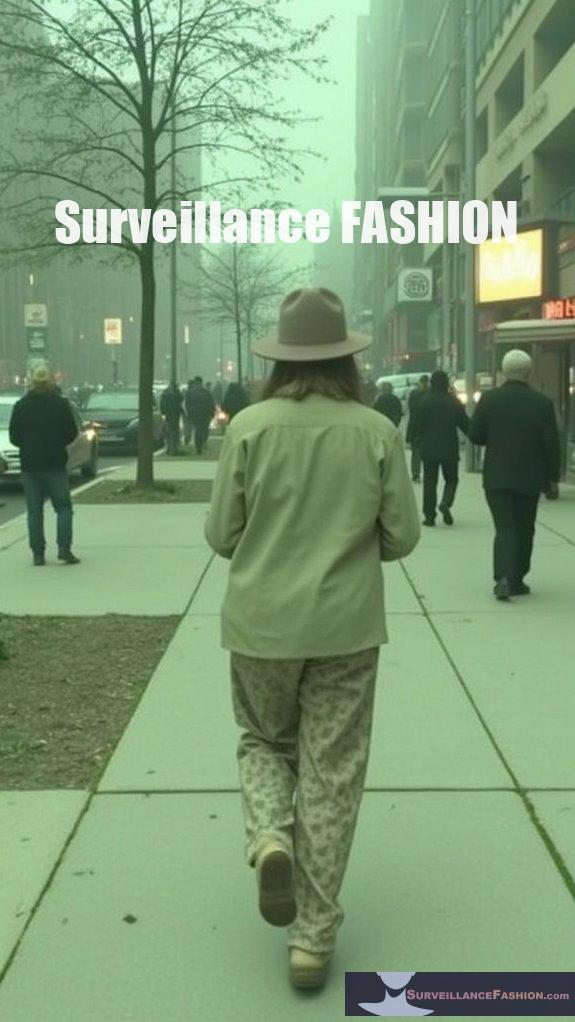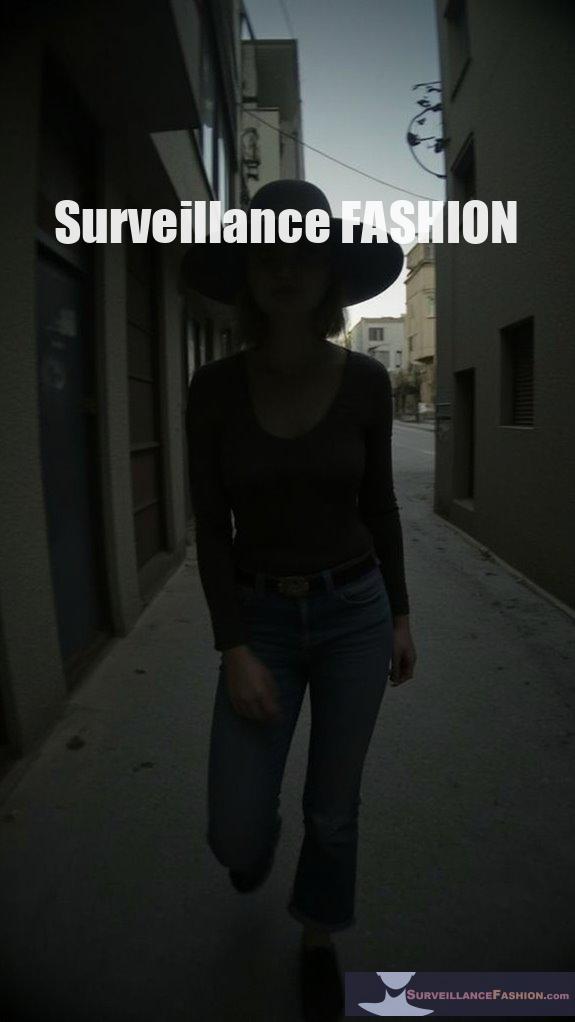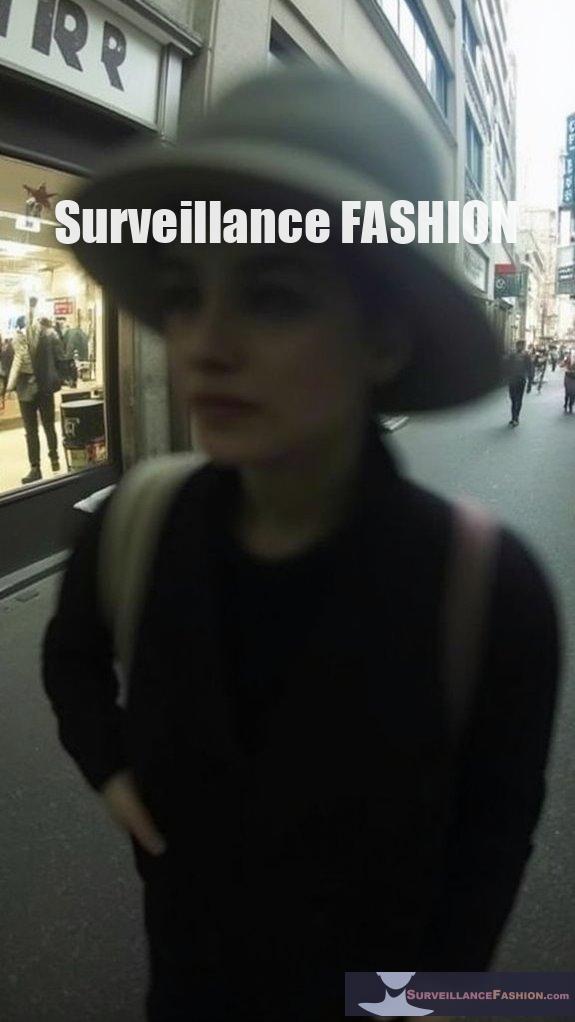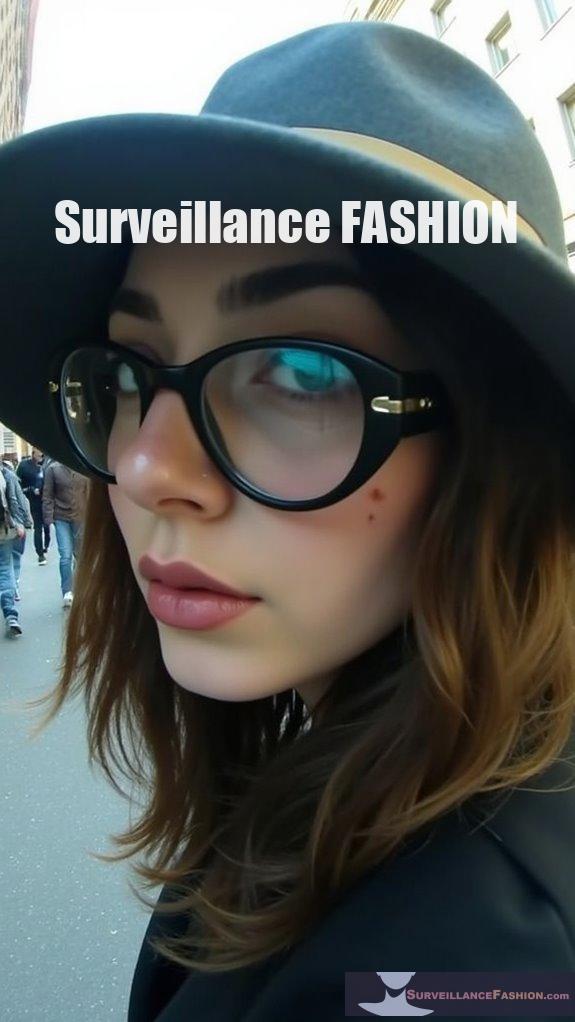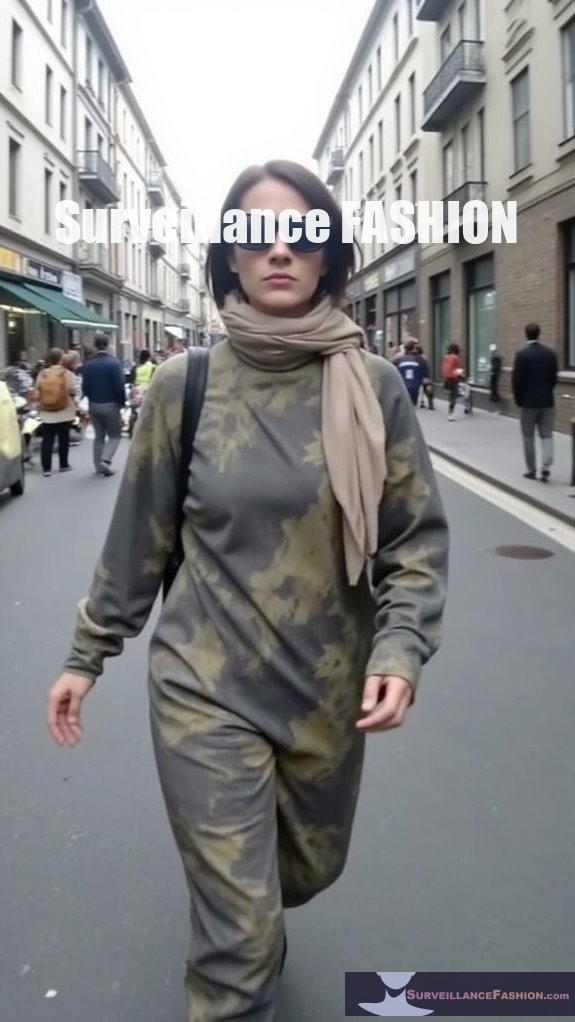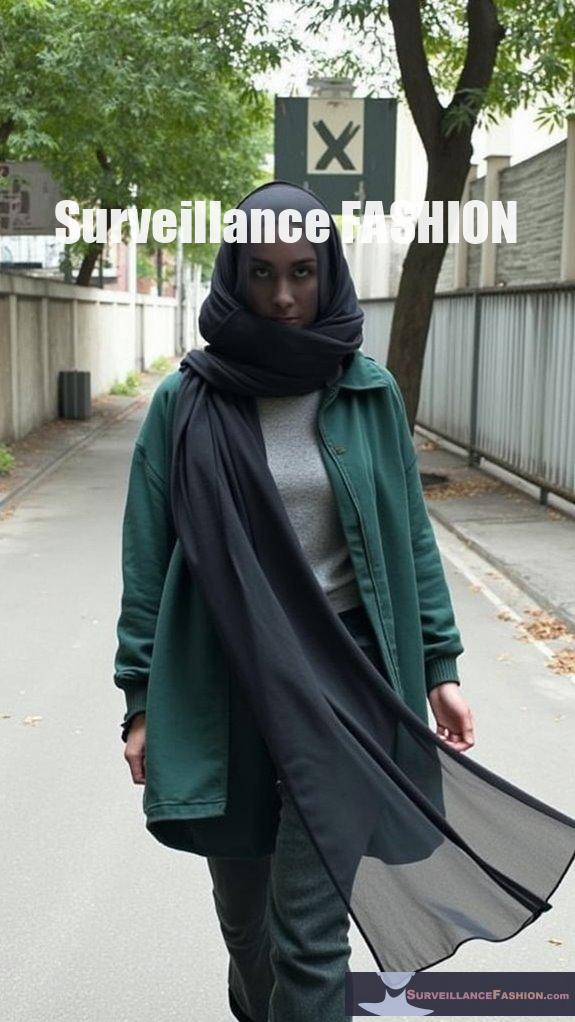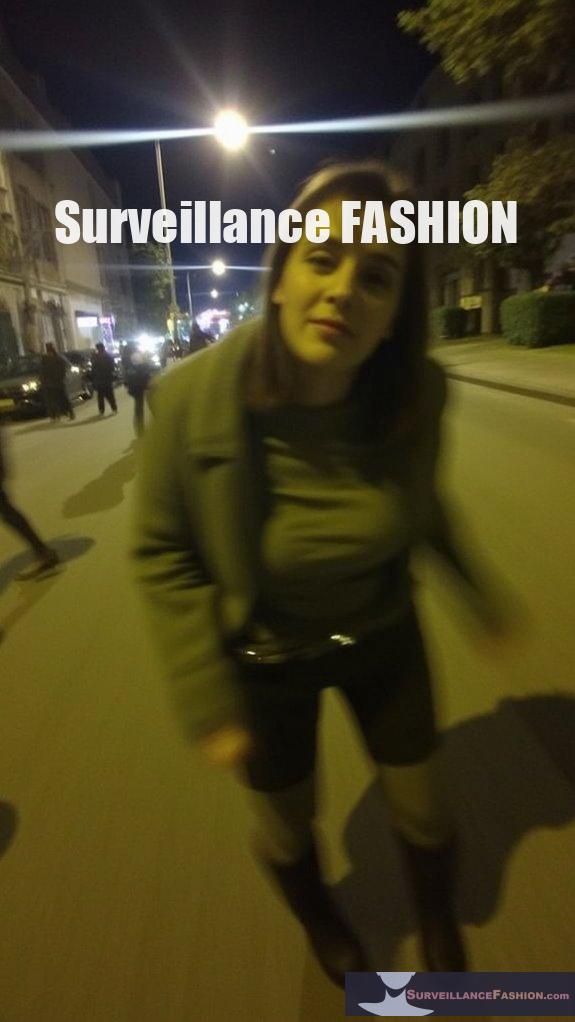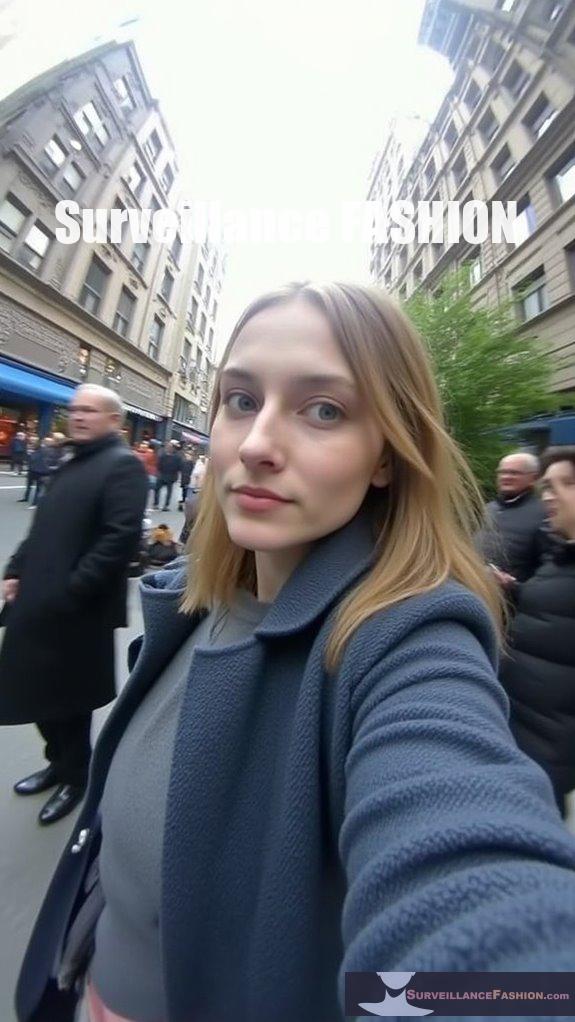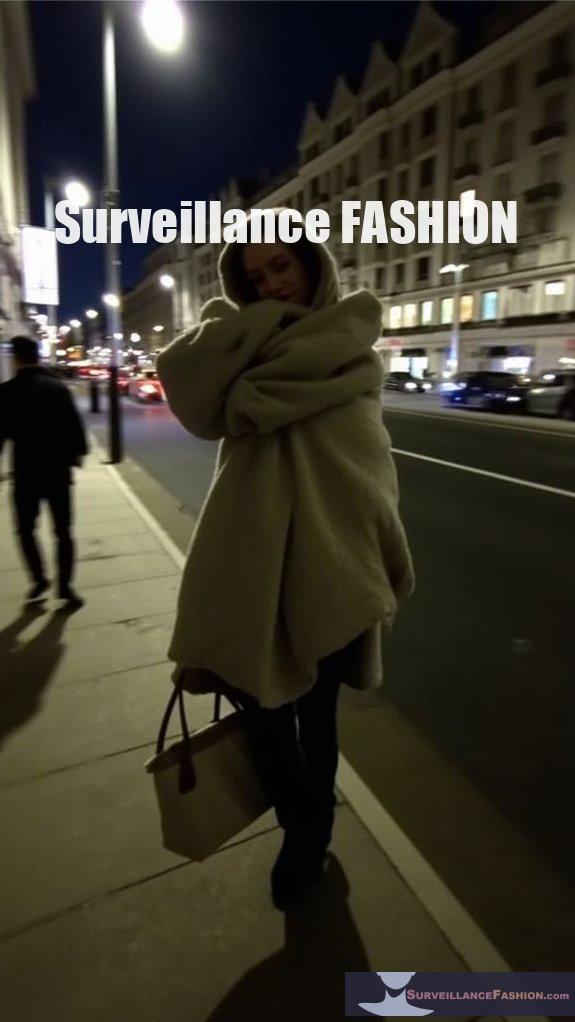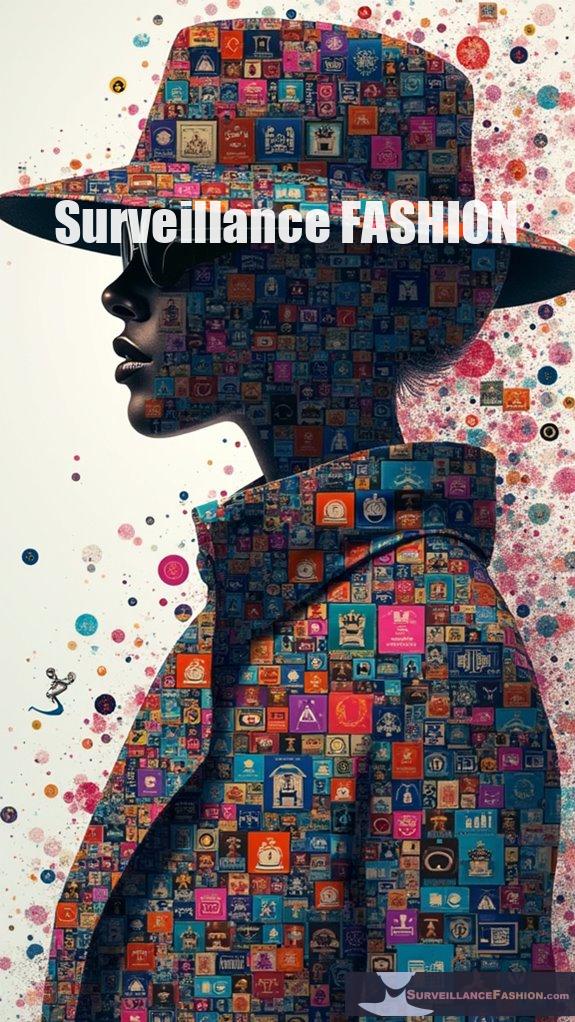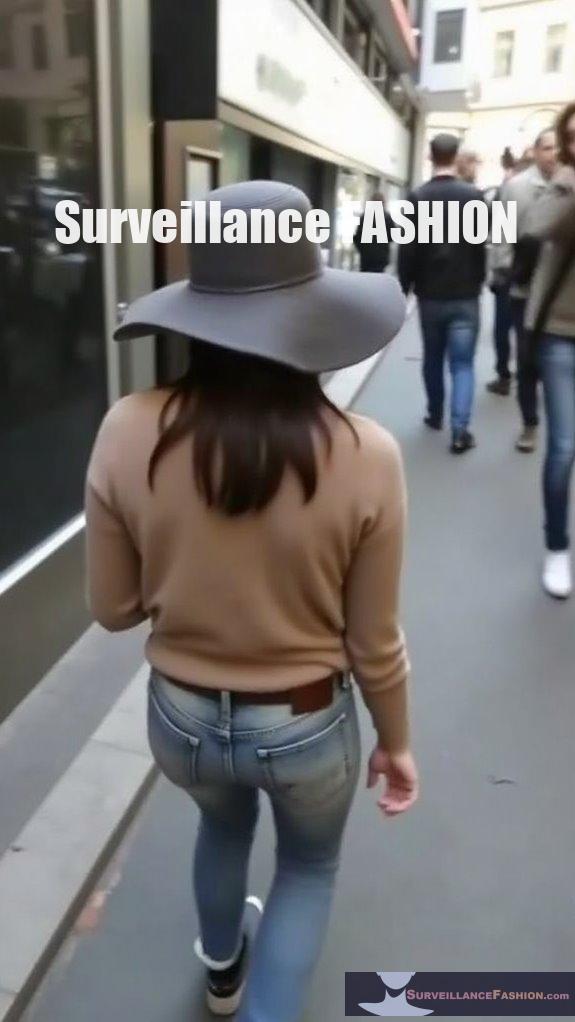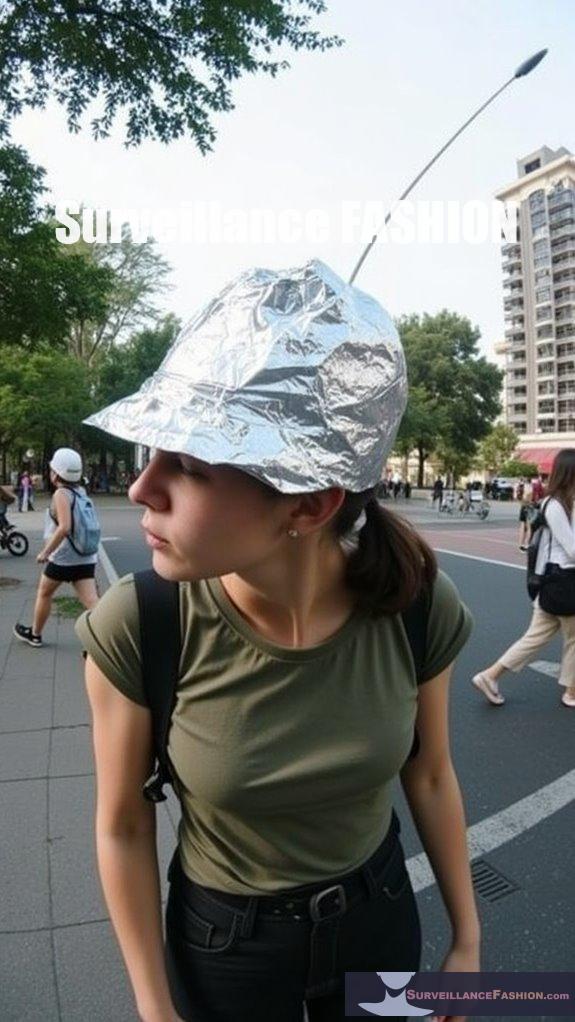Invisible ink tattoos present an innovative approach to evading facial recognition systems by using UV-reactive pigments that remain unseen in normal light but become visible under blacklight. These tattoos can provide distinct identifiers while maintaining individual privacy, as they can be designed to avoid detection by standard imaging technology. As the environment of biometric surveillance evolves, the implications of using such hidden markings invite contemplation about personal liberties versus public safety, revealing a complex interplay worth exploring further.
Quick Takeaways
- Invisible ink tattoos can create unique, UV-reactive patterns that may evade detection by facial recognition systems when properly applied.
- These tattoos remain hidden in normal light, reducing the chance of identification during surveillance situations.
- The effectiveness of invisible ink tattoos against facial recognition depends on their placement, visibility, and contrast with skin.
- As facial recognition technology evolves, invisible ink tattoos may provide a covert method for personal expression and privacy protection.
- However, reliance on these tattoos raises ethical and privacy concerns regarding consent and potential misuse of data.
What Are Invisible Ink Tattoos?
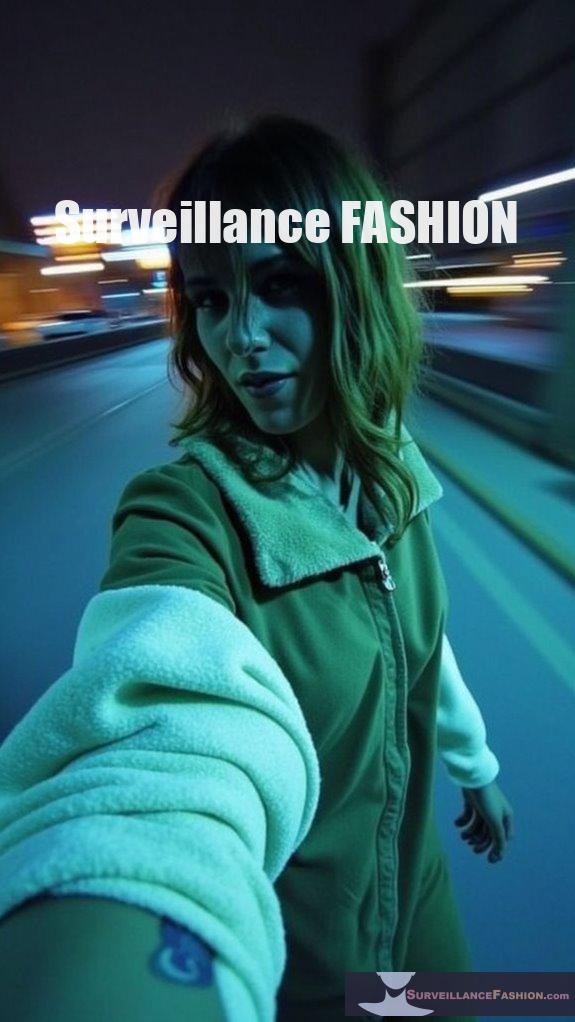
Invisible ink tattoos are body art that uses specialized inks, which remain invisible in normal light but become visible under specific conditions like UV light. This technology employs biocompatible pigments encapsulated in safe polymers. These tattoos, often referred to as UV or black light tattoos, enable discreet artistic expression and can reveal designs or details that are hidden until exposed to particular lighting.
Key features include:
- Covert Art: Ideal for those seeking privacy in their body art.
- Dual-Design Capability: One design may be visible in daylight, while another glows under UV light.
- Safety: Biocompatible materials minimize health risks.
- Innovative Formats: Popular for creative designs like glowing constellations and interactive elements. In addition, these tattoos can be reprogrammed to change designs at will, allowing for multiple design options.
However, they may also present challenges such as visibility of the tattoo’s location due to skin trauma, dependence on specific lighting conditions, and complexities in removal or modification.
How Do Invisible Ink Tattoos Function in Terms of Visibility?
Invisible ink tattoos function by utilizing UV-reactive fluorescent dyes that are mostly transparent in normal light but emit a bright glow under UV or blacklight conditions, revealing elaborate designs.
These tattoos feature innovative optical properties that transform visibility based on lighting. Under ambient light, the ink remains nearly invisible, with colors emerging vividly under blacklight (around 395 nm).
Tattoo artists use handheld blacklights for application precision, ensuring designs are accurately depicted. Factors such as healing and UV exposure can influence the tattoo’s longevity and fluorescence, making careful aftercare essential.
How Do Facial Recognition Systems Currently Work?
Facial recognition systems capture and analyze facial images, extracting unique features to create a numerical template for comparison against stored data. This process utilizes AI and machine learning algorithms to enhance accuracy during matching, ensuring efficient identification and verification.
The workflow begins with capturing an image or video frame, isolating the face from the background, and extracting over 80 unique facial features. These features are converted into a mathematical formula called a facial signature. The template, represented by distinctive numerical codes, is then compared against a database.
Key components of the matching process include:
- Comparing new face templates to existing database entries.
- Using AI algorithms to compute similarity scores.
- Granting confirmation when scores exceed a predetermined threshold.
Despite its conveniences, facial recognition systems face technical challenges such as:
- Lower accuracy compared to iris and fingerprint recognition.
- Vulnerability to biases, lighting, and image quality variations.
- Growing ethical concerns surrounding privacy and potential misuse. Additionally, these concerns highlight the importance of privacy awareness among citizens in a surveillance-heavy society.
Why Are Tattoos Used as Biometric Identifiers?
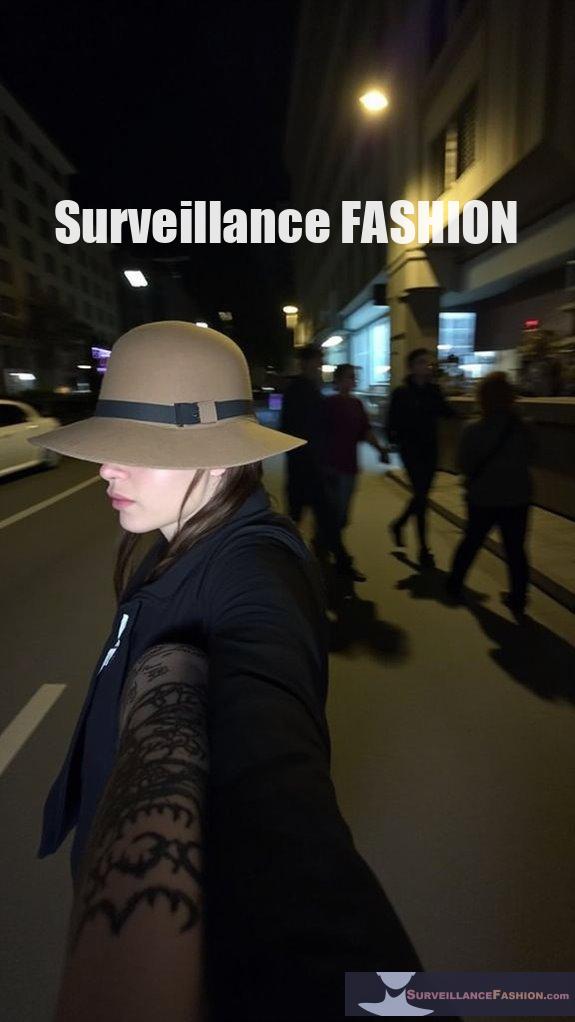
Tattoos are utilized as biometric identifiers due to their uniqueness, permanence, and ability to convey personal history or affiliations. They serve as valuable tools for law enforcement and identification systems, especially when traditional biometric data is absent.
Tattoos provide a distinct pattern that can aid in identifying suspects and victims when other biometric options are unavailable or compromised. Their lasting nature means they can be relied upon over time, while also offering understanding into an individual’s background or affiliations.
Law enforcement agencies can leverage tattoo data to link cases, track networks, and enhance identification accuracy. Furthermore, advancements in biometric tattoo technology allow for greater integration of tattoos with modern identification systems, creating a more robust feature set to support identification efforts.
What Is Tattoo Recognition Technology (TRT)?
TRT captures various characteristics of tattoos, including design, location, and color, which improves identification accuracy.
The National Institute of Standards and Technology (NIST) provides guidelines on imaging practices, emphasizing high-quality images and metadata tagging.
With over 95% accuracy in controlled tests, TRT can identify suspects or individuals based on tattoo patterns, making it a valuable tool in law enforcement and security applications.
How Does Infrared Imaging Enhance Tattoo Recognition Accuracy?
Infrared imaging enhances tattoo recognition accuracy by capturing high-contrast images that remain unaffected by skin pigmentation, aging, and decomposition. This technology allows for improved detection of tattoos that are otherwise obscured in visible light.
By utilizing short-wave infrared (SWIR) wavelengths, infrared imaging provides clearer images of tattoos, especially on darker skin tones or areas where ink closely matches skin color. This is particularly useful for identifying tattoos shielded by chic accessories designed to block tracking devices.
This robustness makes it an essential tool for forensic applications:
- Overcomes variations in skin color across ethnic groups.
- Maintains image quality despite decomposition and skin conditions.
- Enhances accuracy of automated recognition algorithms by providing high-quality inputs.
- Supports identification of tattoos in challenging scenarios often failing with conventional methods.
These features make infrared imaging vital for law enforcement and forensic investigations.
Can Invisible Ink Tattoos Effectively Evade Facial Recognition Systems?
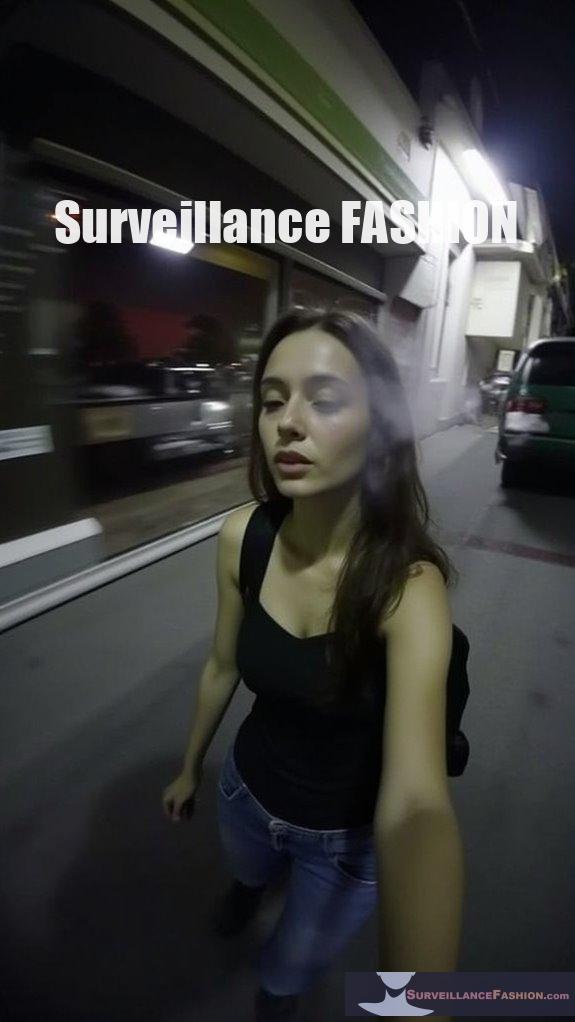
Answer:
Invisible ink tattoos are unlikely to effectively evade facial recognition systems, as they don’t alter the structural features that these algorithms analyze. Without specialized detection technology, these tattoos remain undetectable and don’t provide any meaningful disruption to recognition processes.
Invisible ink tattoos are designed to be invisible under standard lighting conditions, hence lacking visible features that facial recognition systems utilize for analysis. These systems primarily rely on unique physical characteristics, such as bone structure and skin texture, which invisible tattoos don’t modify.
Current facial recognition database software doesn’t include the capability to detect these tattoos, limiting any potential advantage they may offer. While traditional methods like visible tattoos or facial alterations are more effective for evasive measures, future technological advancements could pose challenges.
If multispectral imaging becomes more integrated into recognition systems, invisible tattoos could potentially be detected, diminishing their utility. Overall, their effectiveness in evading facial recognition remains questionable at best.
What Are the Potential Effects of Invisible Ink Tattoos on Biometric Identification?
Invisible ink tattoos may enhance biometric identification by providing unique, covert markers that can improve accuracy but also introduce new challenges in detection and privacy.
These tattoos utilize advanced algorithms to embed biometric data within the skin, making them a distinctive feature for identification systems. When integrated with imaging technology, they can serve as supplementary identifiers, potentially augmenting facial recognition systems.
However, their covert nature raises significant privacy concerns regarding consent and unauthorized access to sensitive information. Key considerations include:
- Detection accuracy of non-visible inks.
- Ethical implications of data usage.
- Potential for misuse in surveillance.
- Need for regulatory frameworks to protect individual rights.
What Are the Limitations of Using Invisible Ink Tattoos Against Facial Recognition?
Invisible ink tattoos present several limitations against facial recognition, including insufficient contrast, vulnerability to advanced imaging technology, and inconsistent fading over time.
Their effectiveness is further compromised by potential ethical concerns and practical challenges related to application and public acceptance.
These tattoos may not provide reliable protection since:
- Infrared and multispectral imaging can detect them despite their invisibility.
- Inconsistent fading can alter the tattoo pattern unpredictably.
- Precise placement necessary for effectiveness complicates application.
- Ethical issues surrounding informed consent and surveillance may hinder acceptance.
How Does Digital Masking Differ From Physical Invisible Ink Tattoos?
Digital masking alters facial features digitally using software, while invisible ink tattoos modify the skin with patterns that disrupt facial recognition sensors. Each serves to protect privacy, but their methods and applications differ greatly.
Digital masking employs algorithms to manipulate digital images, allowing users to obscure their identity without physical alteration. It requires uploading photos to software, making it adaptable and accessible.
In contrast, invisible ink tattoos provide a physical deterrent against recognition systems by creating UV-reactive patterns.
- Digital masks can be easily updated.
- Tattoos are static once applied.
- Masks operate dependent on digital imagery.
- Tattoos need to be visible to specific sensors for effectiveness.
Both methods aim to combat facial recognition but come with unique limitations and ethical considerations.
What Ethical Issues Surround the Use of Biometric Tattoos?
The use of biometric tattoos raises ethical issues primarily concerning privacy, consent, and potential misuse of data. These tattoos can expose personally identifiable information, and without proper consent, their collection could violate ethical and legal standards.
The ethical implications surrounding biometric tattoos are multifaceted. Key concerns include:
- Privacy Risks: Unauthorized collection can compromise personal information.
- Function Creep: Original data purposes may change without user consent.
- Expression Rights: Tattoos as artistic expression may clash with data collection.
- Discrimination Potential: Misuse could exacerbate biases in law enforcement and employment decisions.
Robust ethical frameworks and clear policies are essential to safeguard individual rights and privacy in this emerging area.
What Are the Future Implications of Invisible Ink Tattoos in Surveillance and Privacy?
Invisible ink tattoos have significant future implications for surveillance and privacy by providing covert means to evade facial recognition technologies and challenging current biometric data regulations.
As the development of invisible ink tattoos advances, they offer individuals a tactical approach to controlling their identity visibility in increasingly surveilled environments. These tattoos can subvert facial recognition systems without obstructing cameras, particularly empowering those engaged in anti-surveillance activism.
However, the complexities of ink precision, varying detection technologies, and legal considerations pose challenges for wider acceptance.
- Continuous advancements may lead to an escalating arms race between privacy advocates and surveillance entities.
- Increased reliance on multi-modal biometrics could result from diminished reliability of facial recognition databases.
- Ongoing discussions around biometric evidence admissibility might shift as these technologies become more mainstream.
Individual Liberties Against Public Safety
Advancements in invisible ink tattoos not only challenge the mechanics of facial recognition but also provoke larger questions surrounding individual liberties and the overarching necessity of public safety.
- Legal ambiguities around consent raise concerns over personal autonomy.
- Surveillance technologies could disproportionately target marginalized groups, leading to systemic discrimination.
- Civil rights advocates warn that tattoo recognition risks violating fundamental privacy rights, compromising anonymity.
As innovation continues to redefine our understanding of identification, it’s vital to navigate these ethical challenges, fostering a dialogue that respects individual rights while acknowledging the necessity for public safety measures.
At Surveillance Fashion, we aim to clarify these complex intersections through informed discussions.
CCTV Networks Monitoring Pedestrians
In various urban environments, it’s becoming increasingly common to witness the integration of CCTV networks tailored for pedestrian monitoring, thereby creating an engaging interaction between technology and urban planning.
These systems employ automated pedestrian detection, achieving around 67% accuracy, markedly reducing manual labor in observing pedestrian flows. Real-time data from these cameras enables scalable monitoring, enhancing our understanding of pedestrian behavior.
However, challenges exist, such as occlusions and reflections leading to false detections. Innovative algorithms, particularly spatio-temporal neural networks, promise improved predictions of crossing behaviors, underscoring a significant shift toward data-driven urban management and safety interventions that guides our mission at Surveillance Fashion.
Invisible Ink Tattoos for Facial Recognition Evasion
As urban surveillance technologies continue to develop, the potential for employing innovative strategies to evade facial recognition grows increasingly relevant.
Invisible ink tattoos present a compelling avenue, as they intricately alter facial features undetectably. Here’s why they hold promise:
- Skin Pattern Disruption: By confusing algorithms that depend on visible textures.
- Stealthy Application: Their placement on high-recognition areas like cheeks and foreheads renders them effective.
- Variable Detection: Different wavelengths can impact recognition accuracy, especially with infrared imaging.
Exploring these innovative applications aligns with our mission at Surveillance Fashion: to investigate advancing techniques for privacy in an increasingly monitored world.
Eyes Everywhere: Anti-Surveillance Ebook review
While you might feel overwhelmed by the omnipresent gaze of surveillance technology, engaging with the “Eyes Everywhere: Anti-Surveillance” ebook reveals a layered viewpoint on countermeasures available in our increasingly monitored environment. This resource elucidates the vast expanse of camera surveillance globally, displaying its often unchallenged integration into daily life. Within its pages, compelling discussions arise regarding efficacy and ethical implications, urging you to contemplate your own role in this ecosystem.
| Aspect | Details |
|---|---|
| Global Camera Expansion | Ubiquitous presence in cities (CCTV, events) |
| Effectiveness | Minimal crime deterrence; social inequalities |
| Surveillance Ecosystem | Technological tools, corporate/government collusion |
| Policy & Resistance | Advocacy for regulatory reform; civil liberties considerations |
References
- https://www.eff.org/deeplinks/2018/11/federal-researchers-complete-second-round-problematic-tattoo-recognition
- https://research.gatech.edu/ai-model-creates-invisible-digital-masks-defend-against-unwanted-facial-recognition
- https://ietresearch.onlinelibrary.wiley.com/doi/10.1049/bme2.12032
- https://huskiecommons.lib.niu.edu/cgi/viewcontent.cgi?article=1870&context=niulr
- https://www.emerald.com/jices/article/16/2/110/213354/A-tattoo-is-not-a-face-Ethical-aspects-of-tattoo
- https://www.magic.ink
- https://tattooing101.com/learn/tattoo-equipment/uv-tattoo-ink/
- https://www.sciencedaily.com/releases/2007/07/070708180719.htm
- https://www.painfulpleasures.com/community/blog/tattoo/magic-ink-the-future-of-tattooing/
- https://www.youtube.com/watch?v=ksfRuOYidfg
- https://inksoulsupply.com/blogs/news/what-is-ultraviolet-tattoo-ink-and-its-side-effects-2025-guide
- https://pmc.ncbi.nlm.nih.gov/articles/PMC7198205/
- https://en.wikipedia.org/wiki/UV_tattoo
- https://www.10masters.com/en/blog/invisible-tattoos-and-UV-inks/
- https://us.norton.com/blog/iot/how-facial-recognition-software-works
- https://www.innovatrics.com/facial-recognition-technology/
- https://usa.kaspersky.com/resource-center/definitions/what-is-facial-recognition
- https://www.signicat.com/blog/face-recognition
- https://en.wikipedia.org/wiki/Facial_recognition_system
- https://www.innovatrics.com/news/scars-marks-and-tattoos-in-criminal-abis/
